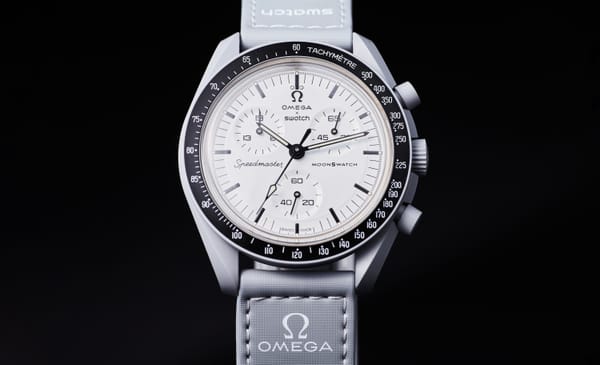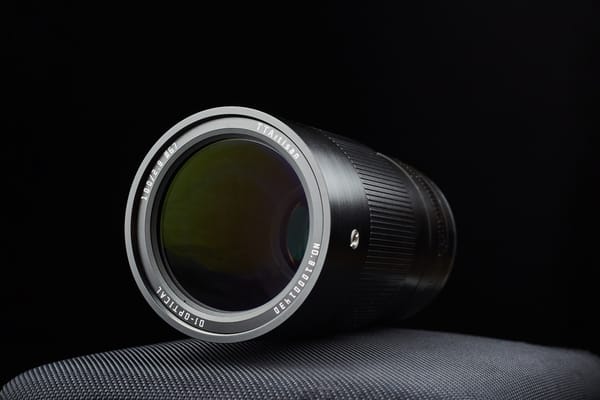A Review Of Kodak Portra 400 Film
You can easily overexpose by two to three stops and not have to worry at all about the film losing highlight detail or experiencing a dramatic color shift. It's really quite remarkable once you realize that it's actually relatively hard to mess up the exposure with this film stock.

Decaf Journal is reader-supported. When you buy links through our site, we may earn an affiliate commission.
What's the first thing that comes to mind when you think of color film? I'm willing to bet that for the vast majority of people, they're either reminiscing about cheap and grainy color print film from a drug store of years gone by, or perhaps without even realizing it, they're likely thinking about Kodak Portra 400.
That's because since it's introduction in 1998, it's been the quintessential film stock for portrait and wedding shooters. But what makes it such a staple for analog photographers even to this day?
I’ve shot an awful lot of Kodak Portra 400 over the past ten years. It's been in my camera through many different seasons of life, including moving to a new city, meeting my wife, having children, on assignment, and traveling around the world. I've used it in assorted film formats (35mm and 120), various cameras & lenses, numerous scanners, and under diverse lighting conditions.
As you'll see in the images below, these variables can have a considerable impact on the look of the final photograph, potentially resulting in a noticeably different visual signature depending on which equipment was used alongside the film itself.
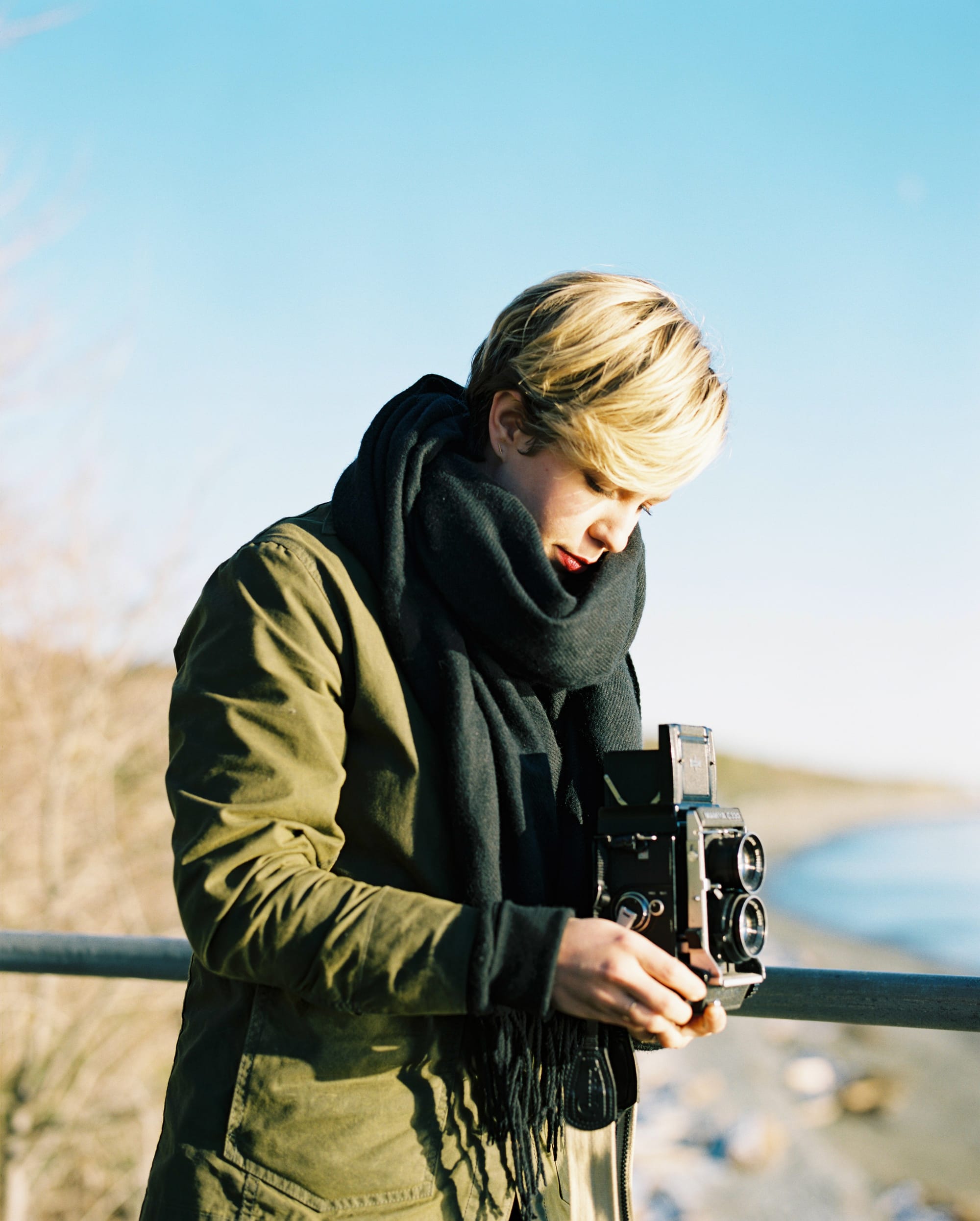
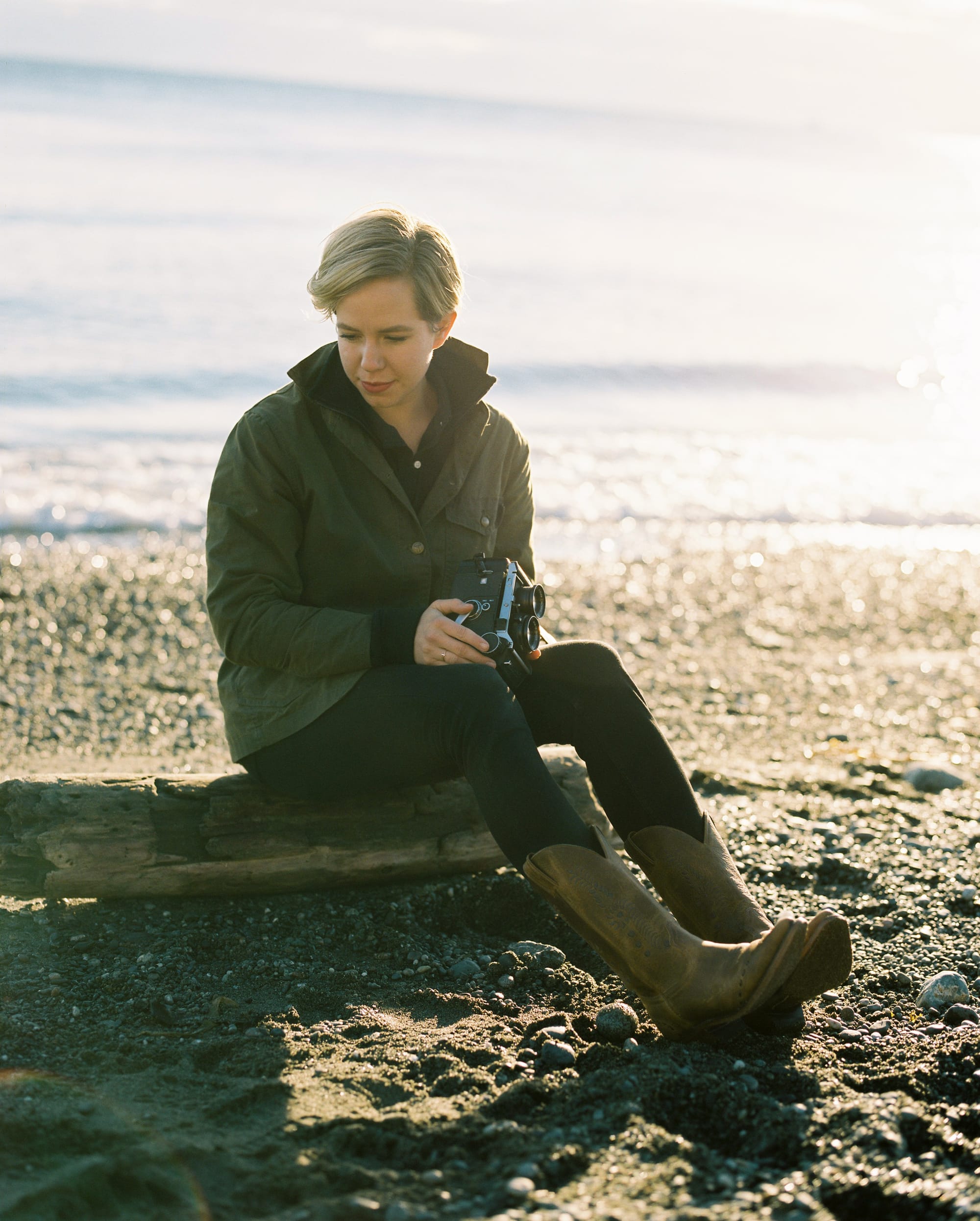
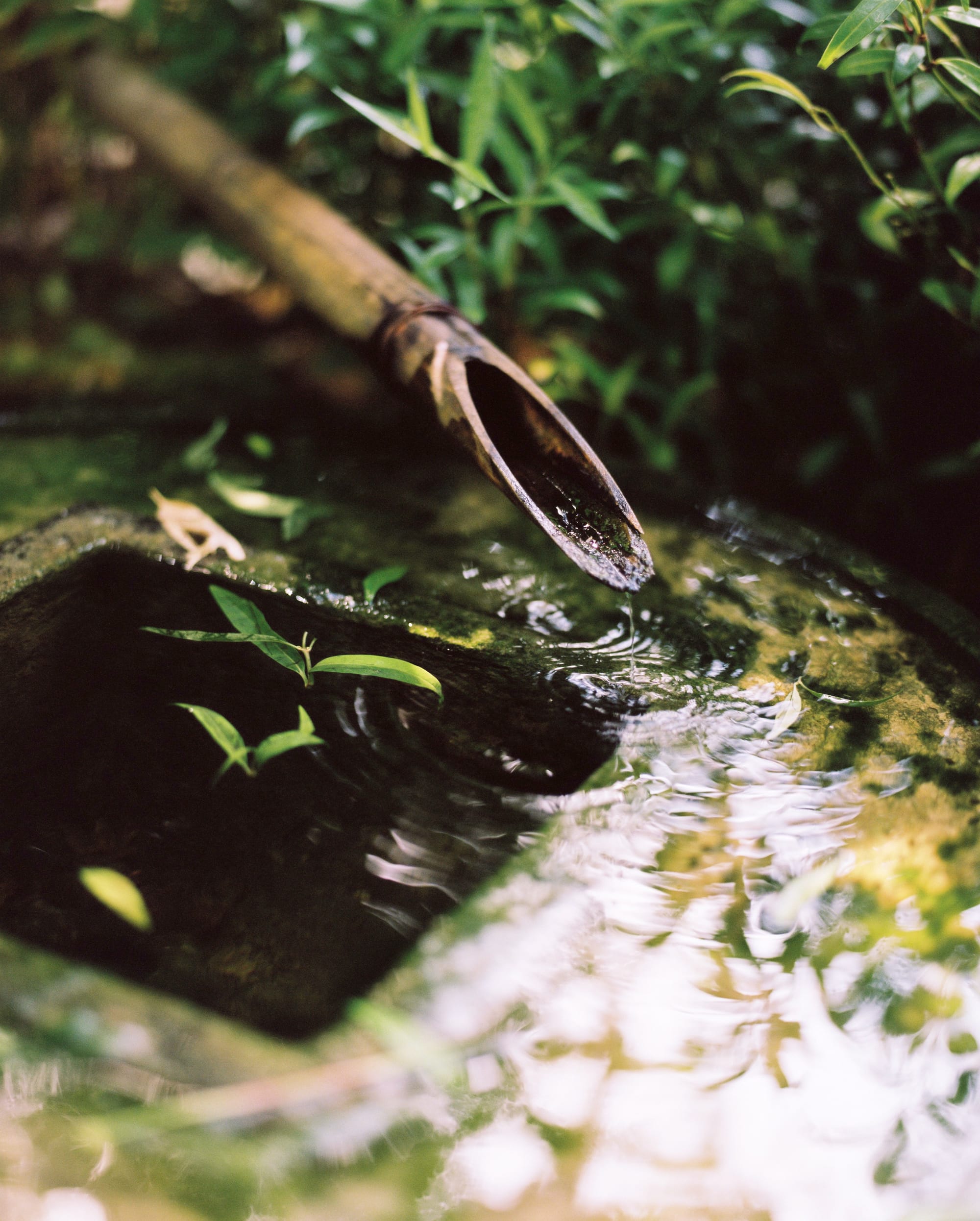
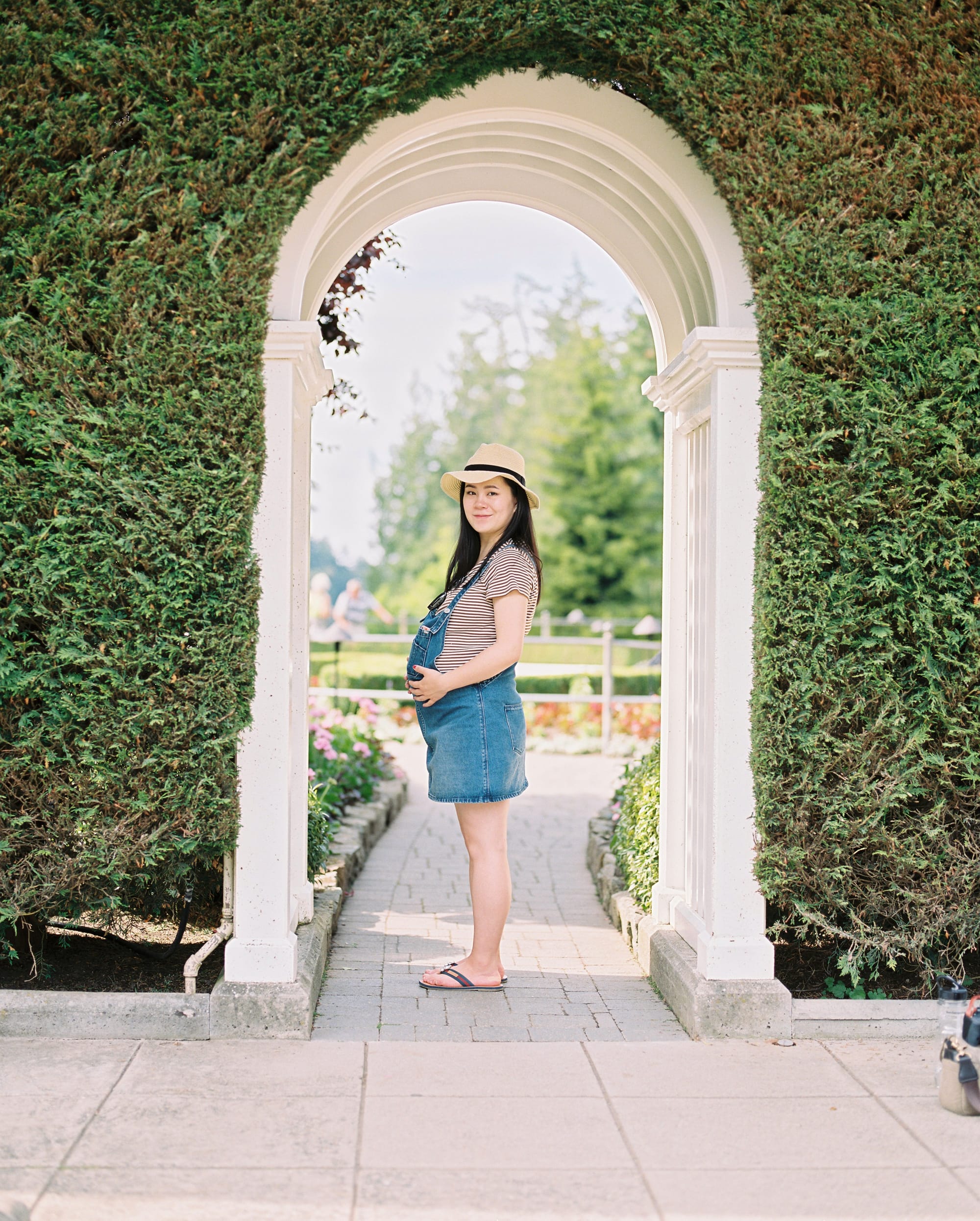
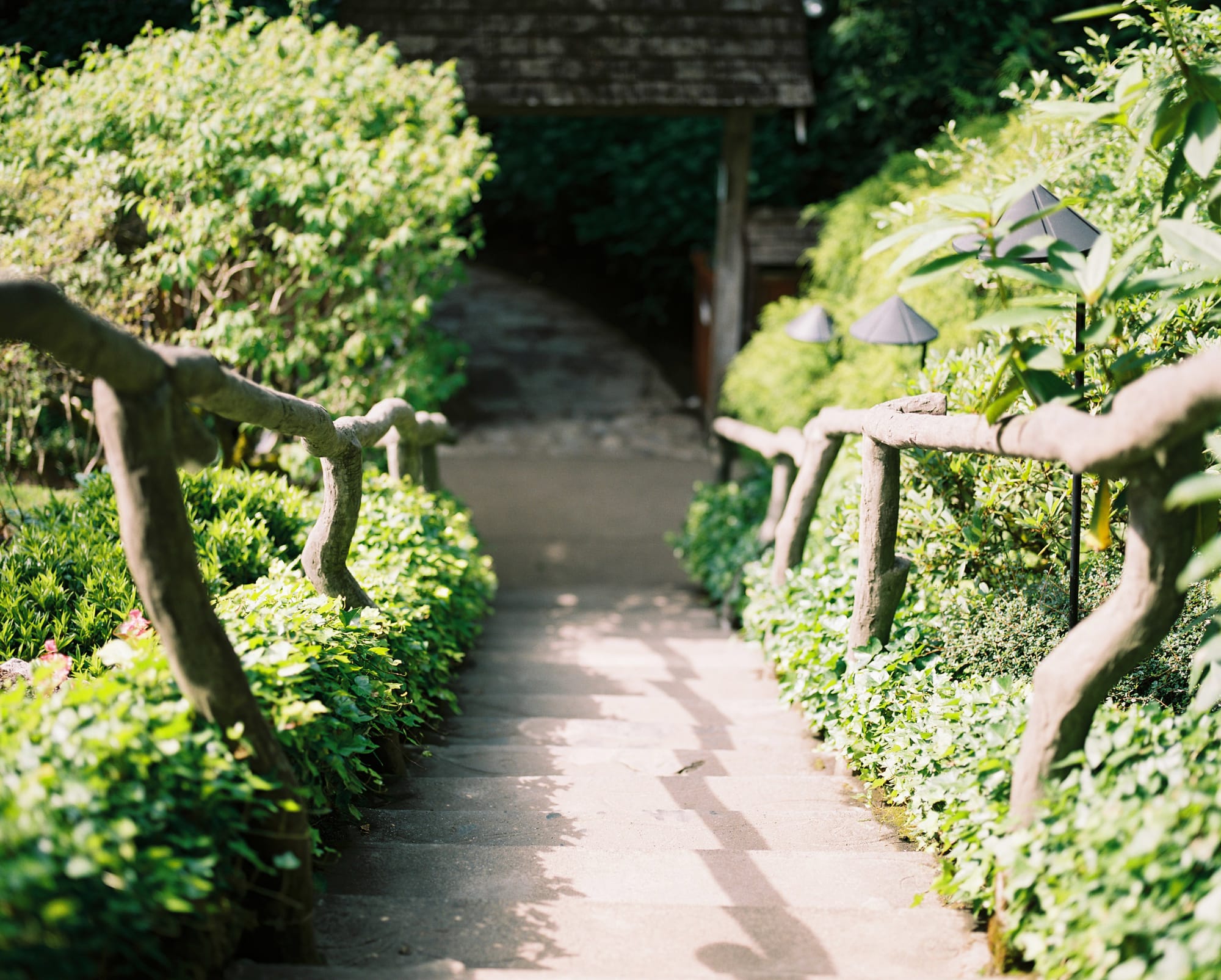
As the name implies, Kodak Portra 400 is a color negative film with a light sensitivity of ISO 400. This means that it can be used seamlessly in bright sunlight, on overcast days, and even indoors when a fast aperture such as f1.4 is used. In short, ISO 400 is a good general use film speed for a wide range of real world lighting situations.
Aside from being a versatile choice for dynamic natural light applications, the most compelling reason to shoot Kodak Portra 400 is for its outstanding ability to retain detail in highlights and shadows. It easily holds the title for the widest dynamic range of any color negative film, as it can be overexposed by several stops and still prevent exposure clipping in the highlights with minimal color shift. Check out this eye opening series of exposure tests to see exactly what I'm talking out.
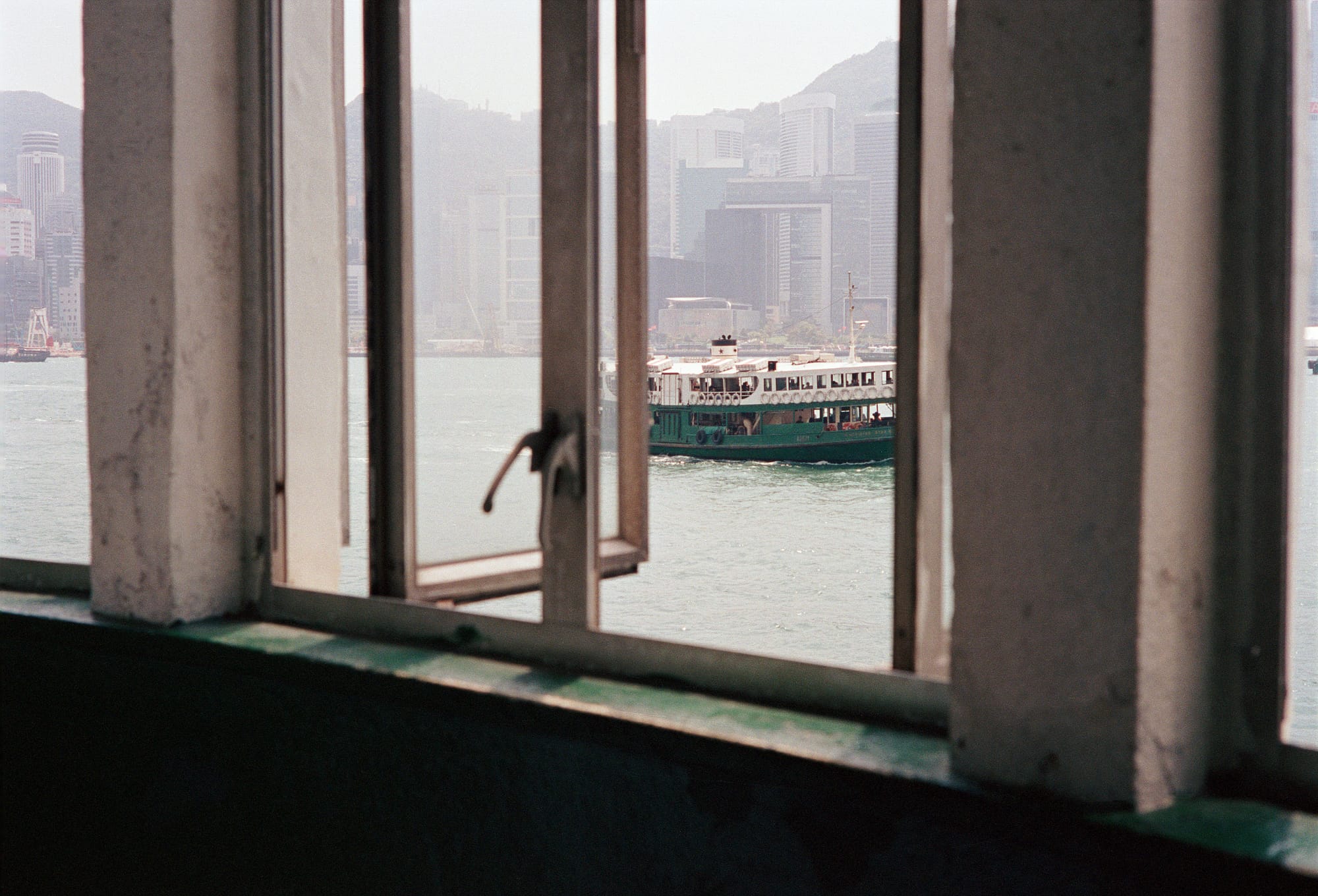


So where is the sweet spot for Kodak Portra 400 in terms of exposure? Personally, I like to meter the film at ISO 200 for one stop of overexposure (I meter at +1 stop for all negative films) and I've always beens happy with the results.
However, you can easily overexpose by two to three stops and not have to worry at all about the film losing highlight detail or experiencing a dramatic color shift. It's really quite remarkable once you realize that it's actually relatively hard to mess up the exposure with this film stock.
Like all of Kodak's Portra offerings, Portra 400 is generally balanced more for oranges, reds, and yellows; though I like how it handles greens too. It's called Portra for a reason, and that's because it renders skin tones particularly well with a slight bias towards magenta. This subconsciously tends to make portraits feel more lifelike, which is often why people choose to shoot film in the first place.


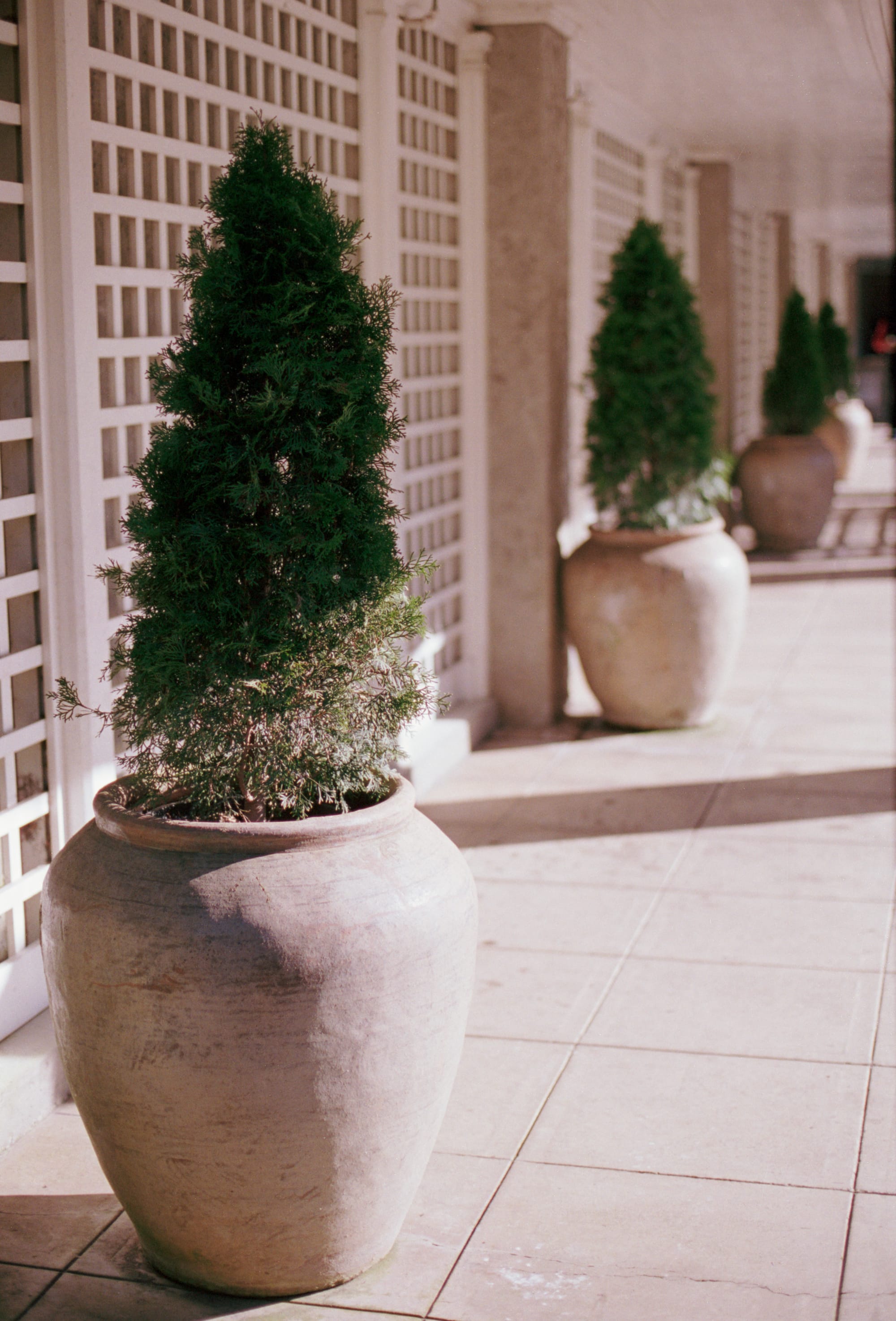

© Nicklaus Walter | Scanned on a Plustek 8200i SE scanner using Silverfast software
What you won't find with this film is heavy saturation. It's fairly subdued in both contrast and saturation when compared to Kodak Ektar 100 or slide films such as Kodak Ektachrome E100.
As I alluded to earlier, the choice of scanner to digitize the film has a significant impact on how Kodak Portra 400 is interpreted. For example, the Fuji Frontier scanner that many professional labs use will render the film in a bright and airy manner, with a bit more saturation and contrast than other options. This is a wonderfully pleasant look that makes the Fuji Frontier an extremely popular choice for wedding photographers.
Alternatively, Kodak Portra 4oo can render in a soft and dreamy, muted pastel aesthetic which is what I've become partial to. Scanners that offer this look include the Noritsu HS-1800 which is another staple in professional labs, and the Plustek series of consumer scanners when combined with Silverfast software. If you've used Silverfast before, yes I agree that it's clunky and the user interface could use an overhaul, but the results speak for themselves.



© Nicklaus Walter | Scanned on a Plustek 8200i SE scanner using Silverfast software

Grain is an inherent aspect of film photography that adds an organic tangibility to images, and a film's grain structure can either compliment a photograph or it can be a distraction, depending on the use case. Generally speaking, the larger the ISO number, the grainier the film. Kodak Portra 400 is what I would consider to be rather fine grained for an ISO 400 speed film, as I've simply never noticed it in practice. This is in stark contrast to Kodak Portra 800, which has a prominent grain structure that's evident even when viewed on a digital display.
So with all this praise, it must be the perfect color film then right? While it is indeed incredibly well rounded, it isn't an ideal choice for studio photography. Kodak Portra 160 is undoubtedly a better option with its even finer grain structure (which is useful for large prints) and superior color palette.
With regard to landscape photography, Kodak Portra 400 can work well if your artistic vision gravitates towards a lower saturation image. Otherwise, Kodak Ektar 100 or Fujichrome Velvia 100 are highly regarded landscape films for their deeper chroma and vivid colors.
And it wouldn't be an honest critique if I didn't mention the current cost per roll, which has really gotten out of hand in recent years. As of the time of this writing, the price of Kodak Portra 400 (and analog film in general) is now frankly unaffordable for many, or at the very least unsustainable. So shoot it it sparingly.
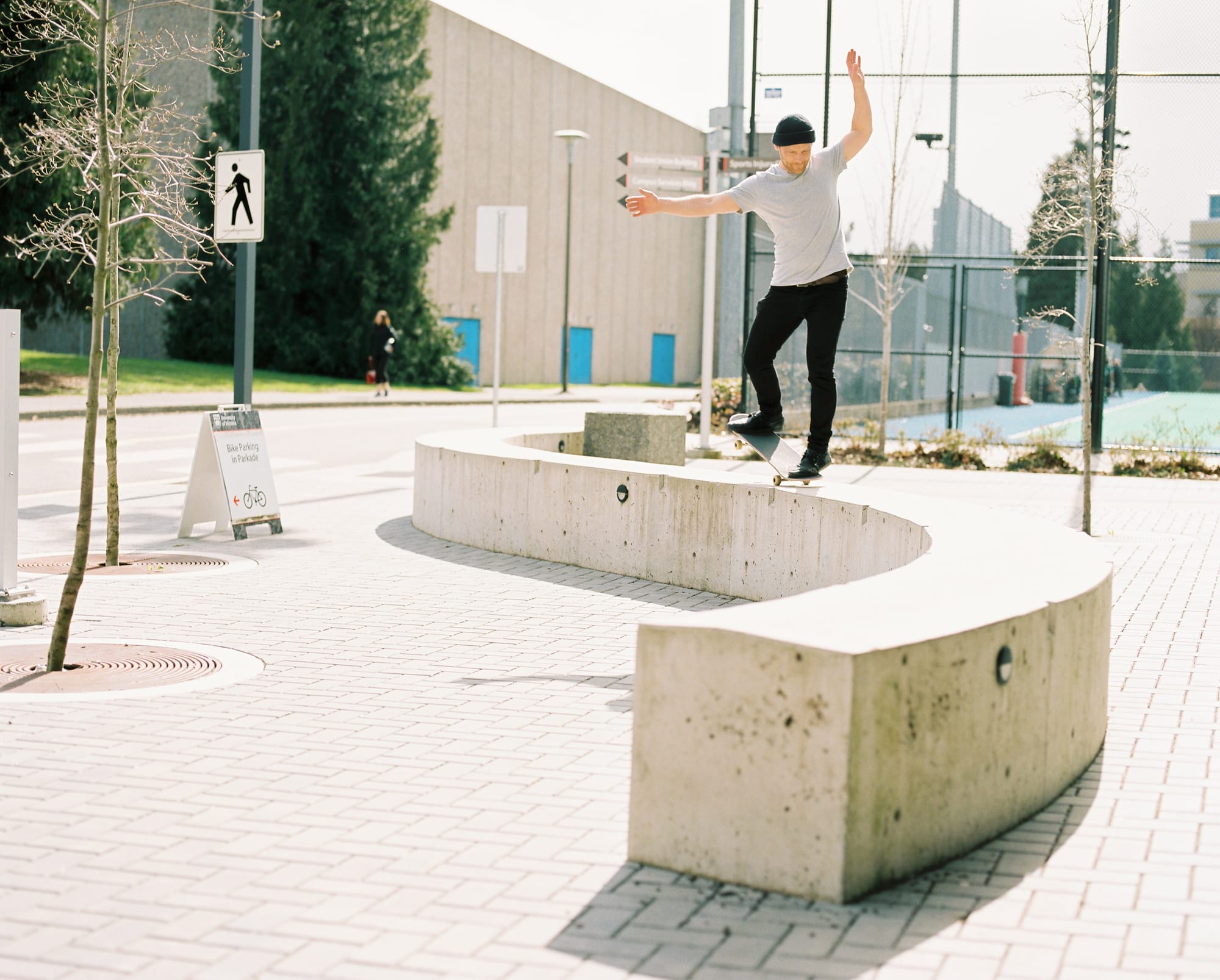


Pros
- Class leading dynamic range
- Forgiving exposure latitude for beginners
- Incredibly versatile; great for bright sunlight, overcast conditions, & indoors
- Very fine grain for an ISO 400 speed film
- Exceptional color palette for portraits and weddings
- Available in 35mm, 120, and large format
Cons
- This is getting too expensive to shoot regularly at its current price point
- Not ideal for scenes where punchy saturation is required
Verdict
With an exposure latitude that's nearly foolproof for beginners and consistently delivering results you can trust and rely on, it's no wonder that Kodak Portra 400 is considered the gold standard when it comes to film photography. It can handily tackle a wide range of applications that include portraits, weddings, events, food, still life, and travel, which makes it the natural light portrait photographer's color film of choice. I'd go as far to say that it's pretty much perfect. That is, except for the ever rising price of admission.


